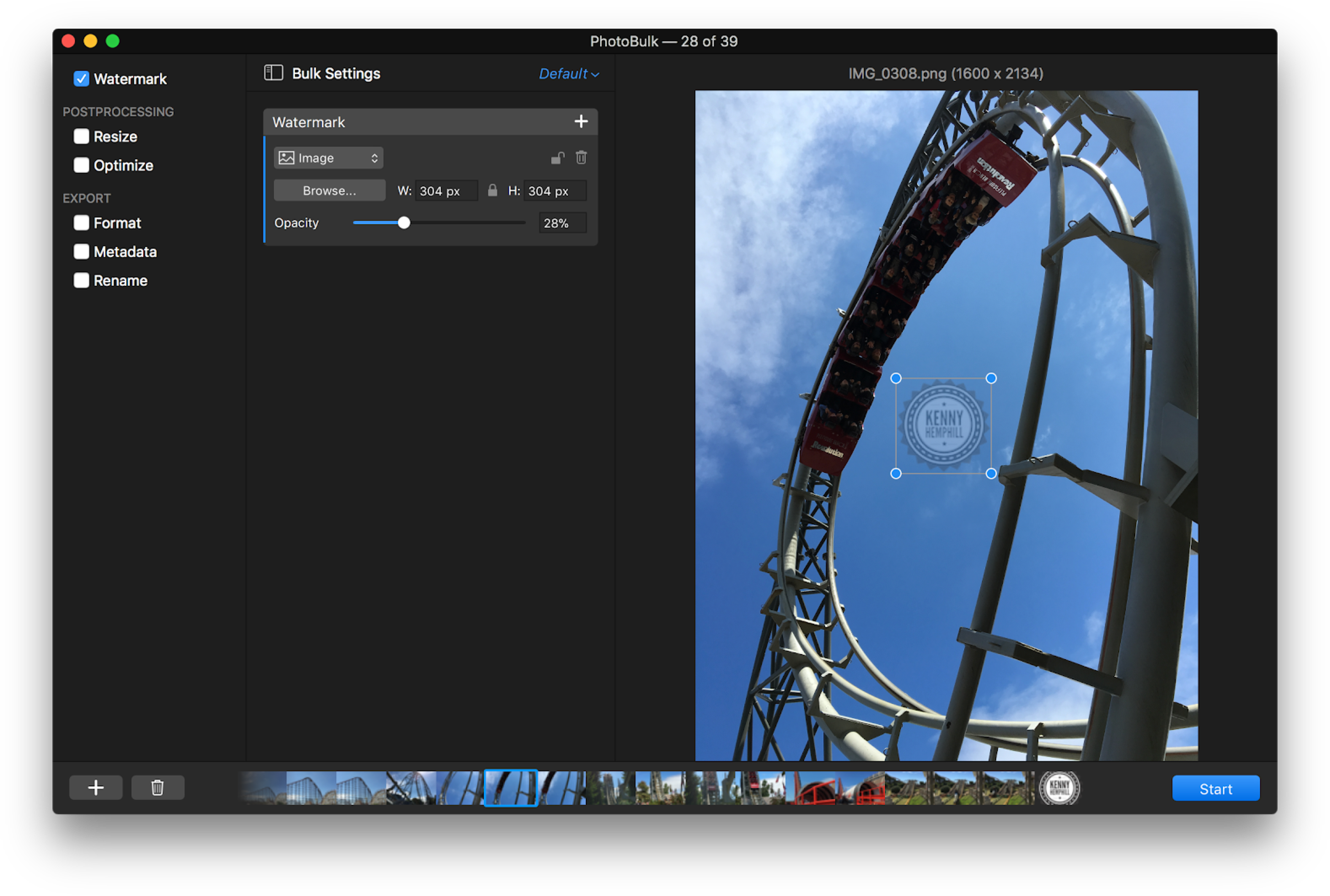

It shows the owner of the image and is not obstructing the view of the image. The first image has the logo and website address at the bottom right hand corner. This lets other readers know the source of the image.īelow is an image that illustrates how you can use watermarks on your images. If someone uses your image without your permission, at least your name will appear on the image as a watermark. This isn’t a foolproof method of preventing use of your image, however, it can act as a deterrent. You can choose to add a watermark or your Reiki practice name somewhere on the image. It is great if you can use your own images on your blog posts as that way you will ensure that you retain control over when and how you use it on your website. You should try and keep your file name titles to a 3-5 word minimum range so that you have an opportunity to meaningful keywords but not make your file name too lengthy.

If your picture shows an image relevant to reiki then it is helpful to name your file reiki-tips.jpginstead of a default title such as photo001.jpg. To make the most effective use of your images, you should include terms that are relevant to the keywords used in your blog content when creating titles for your image. Therefore, images can help reinforce your readers understanding of your content. Many readers absorb information in a variety of ways including text, audio, video, and images. Using images can also provide context to your written content by illustrating important points that you are trying to explain. Using images amongst your blog content can help break up larger sections of text.


 0 kommentar(er)
0 kommentar(er)
